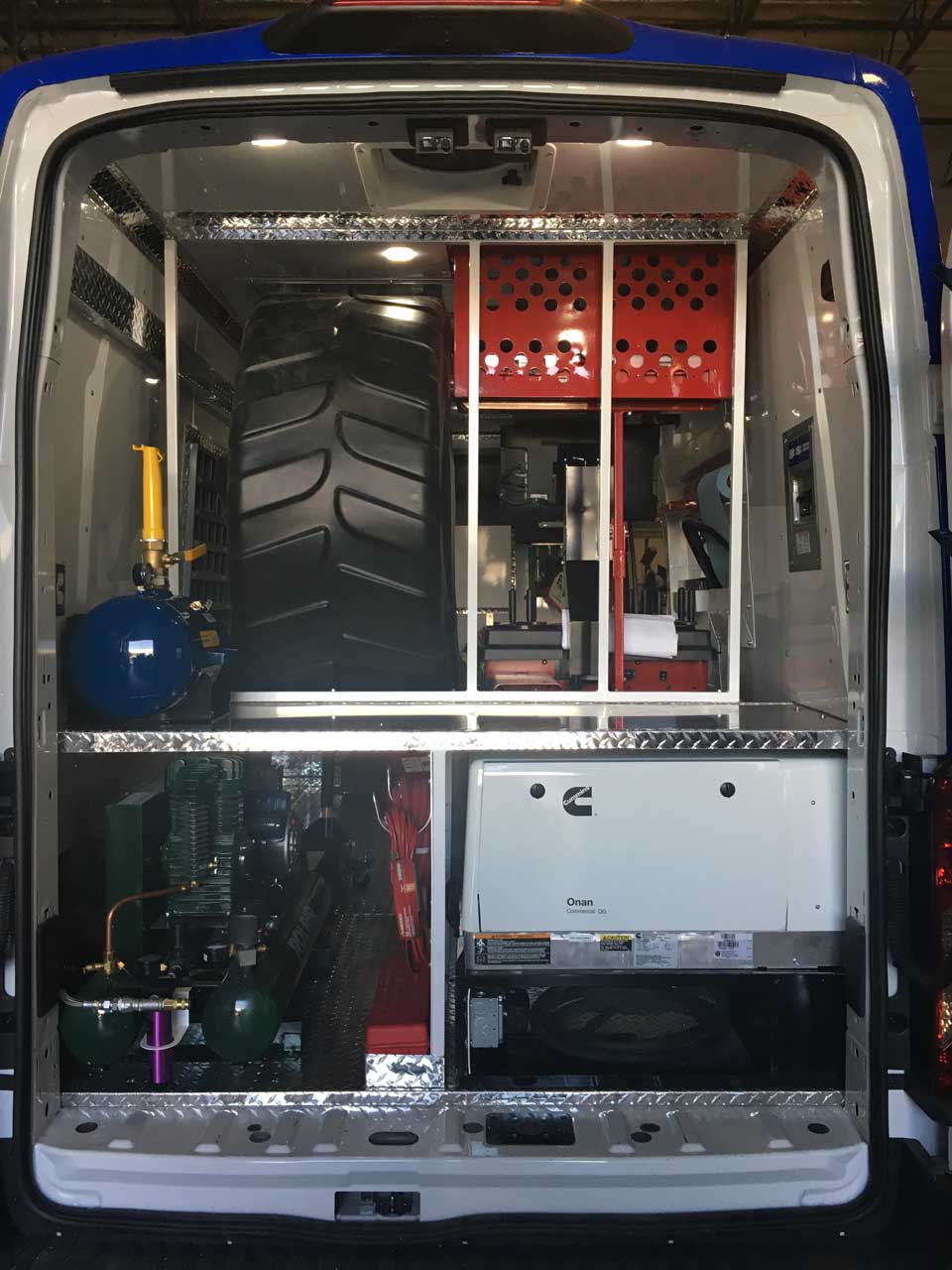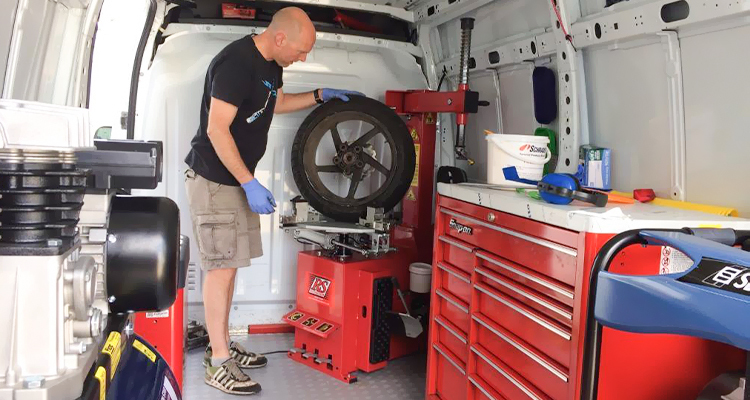Tire Solution: Proven Methods for Optimum Tire Upkeep and Treatment
Maintaining optimum tire condition is extremely important for both security and performance of any kind of lorry. From making certain proper tire pressure to normal rotation and placement, there are proven techniques that can considerably expand the life-span of your tires and improve total driving experience. As we explore the ins and outs of tire care and maintenance, we will uncover important guidelines that every lorry owner need to abide by for the very best feasible results. Let's explore the globe of tire service and discover the secrets to maintaining your tires in first-class shape for the long run.
Value of Tire Stress
Ample tire stress advertises much better gas effectiveness, as under-inflated tires can lead to boosted rolling resistance, triggering the engine to function harder and take in even more fuel. Right tire stress ensures also step wear, enhancing tire long life and conserving cash in the lengthy run by delaying the demand for premature replacements. Consistently changing and examining tire stress, specifically in the past lengthy journeys, is a simple yet reliable way to enhance car efficiency, expand tire life-span, and prioritize safety on the roadway.
Tire Rotation Guidelines
When taking into consideration tire turning guidelines, it is vital to understand the significance of this upkeep task in making best use of tire lifespan and maintaining optimum automobile performance. Tire rotation includes changing the placement of each tire on a lorry to make certain also tread wear. Front tires have a tendency to wear a lot more swiftly than rear tires as a result of guiding pressures, making routine rotation crucial for well balanced wear patterns. The advised turning pattern varies depending upon whether an automobile is front-wheel, rear-wheel, all-wheel, or four-wheel drive. Usually, tires ought to be turned every 5,000 to 7,500 miles, or as suggested in the lorry guidebook. Disregarding tire turning can bring about unequal wear, impacting handling, grip, and possibly compromising car safety and security. By sticking to appropriate rotation standards, chauffeurs can prolong the life of their tires, improve gas efficiency, and enhance general driving experience. Regular turning is a straightforward yet efficient upkeep technique that adds considerably to tire longevity and automobile performance.

Benefits of Wheel Positioning
Guaranteeing correct wheel placement after tire rotation is critical for maintaining well balanced wear patterns and optimizing lorry performance. In addition, appropriate wheel placement assists to expand the life expectancy of your tires. Misaligned wheels can trigger irregular tire wear, leading to premature tire replacement and boosted upkeep costs.

Tire Footstep Depth Inspect
Doing a normal examination of tire walk deepness is essential for maintaining risk-free driving problems and extending the lifespan of your tires. The tread on your tires plays a crucial function in giving traction, particularly in slippery or wet problems. To inspect your tire walk deepness, you can use a walk deepness gauge or the dime test. The suggested tread depth goes to the very least 2/32 of an inch. If the tread deepness is listed below this limit, it is time image source to replace your tires to make certain optimum performance and security when driving. Irregular step wear can indicate issues with tire pressure, suspension, or positioning, highlighting the value of routine walk depth checks. Ignoring to check and preserve proper tread depth can result in minimized hold, longer braking ranges, and a raised threat of hydroplaning. By including tire step deepness checks into your routine upkeep timetable, you can drive with self-confidence understanding that your tires are in top condition.
Seasonal Tire Evaluation
A comprehensive evaluation of tire condition tailored to details climate condition is crucial for preserving optimal efficiency and safety throughout the year. Seasonal tire evaluation is a basic element of tire upkeep that makes sure tires are ready to encounter the obstacles positioned by various weather problems. In prep work for winter months, it is necessary to check the tire pressure frequently as cool temperature levels can trigger tire stress to go down. Examining tire step deepness is additionally vital to make sure adequate traction on snow and frozen roadways. Furthermore, looking for signs of deterioration, such as lumps or cracks, can assist stop potential tire failures. As the seasons change, it is crucial to analyze tire published here problem and make any necessary changes to assure secure driving. By conducting routine seasonal tire examinations, drivers can lengthen tire life-span, enhance fuel efficiency, and most importantly, make certain a safe driving experience in varying climate condition - Mobile Tire Change Las Vegas.
Final Thought
Finally, keeping proper tire stress, rotating tires regularly, straightening wheels properly, keeping an eye on walk depth, and performing seasonal inspections are important techniques for optimum tire care. By complying with these confirmed techniques, motorists can guarantee their tires last much longer, carry out better, and add to overall automobile security. It is necessary to prioritize tire upkeep to avoid accidents, improve gas efficiency, and extend the life-span of tires.
Ample tire pressure promotes much better gas performance, as under-inflated tires can lead to enhanced rolling resistance, triggering the engine to function more challenging and eat more fuel.When taking into consideration tire turning guidelines, it is important to comprehend the value of this upkeep job in taking full advantage of tire life expectancy and preserving optimum lorry performance. Seasonal tire evaluation is a basic element of tire maintenance that guarantees tires are prepared to deal with the difficulties posed by various climate anonymous problems. By performing regular seasonal tire examinations, chauffeurs can lengthen tire life-span, boost gas performance, and most significantly, make certain a safe driving experience in varying weather conditions.
In conclusion, maintaining proper tire pressure, rotating tires frequently, lining up wheels correctly, keeping track of tread depth, and conducting seasonal inspections are essential techniques for optimum tire treatment.